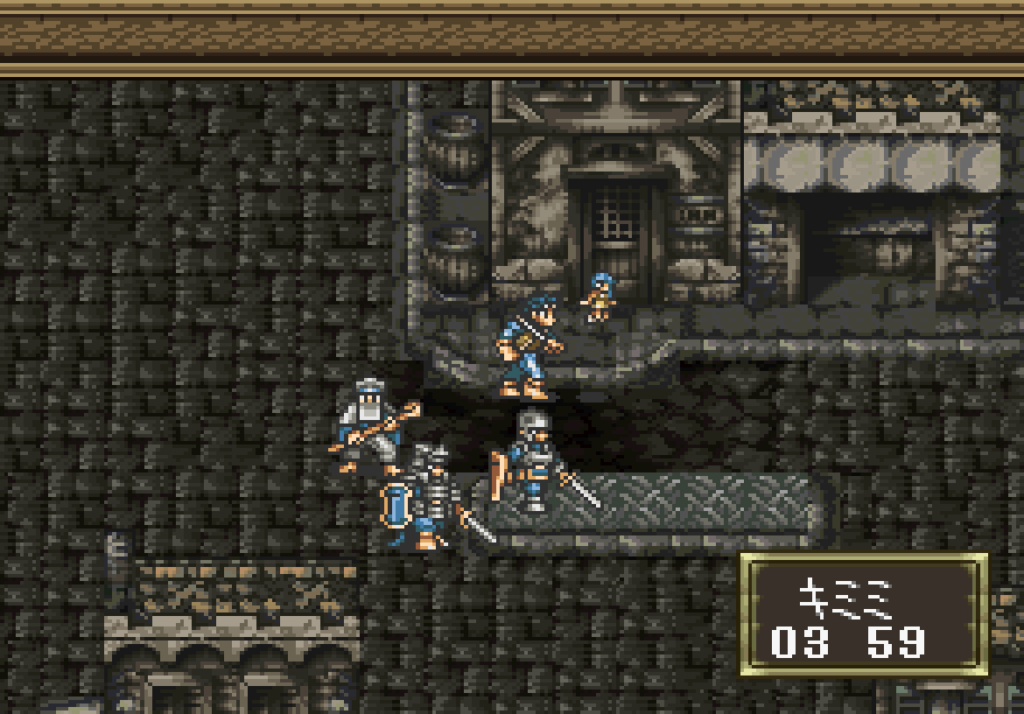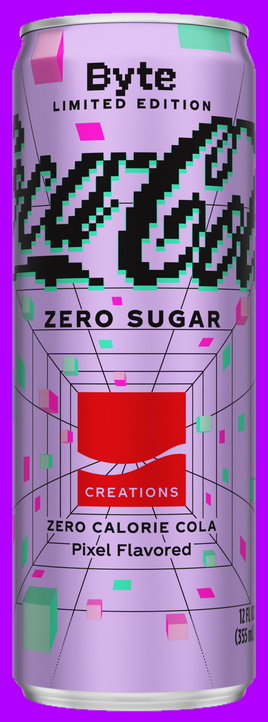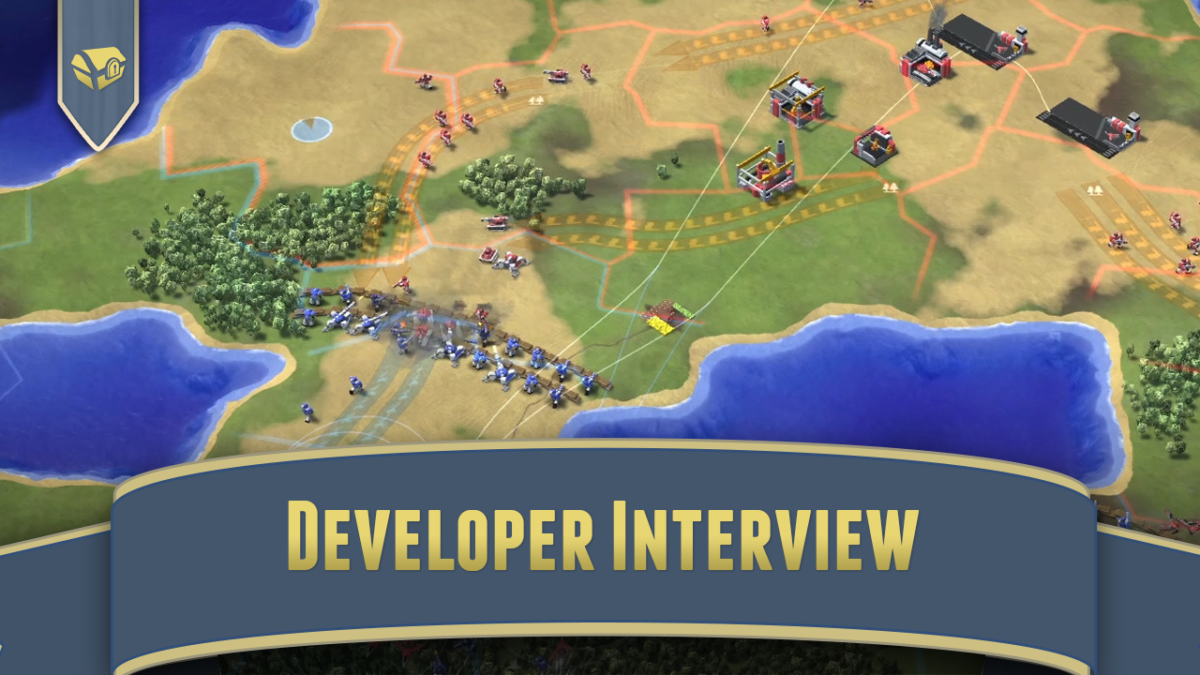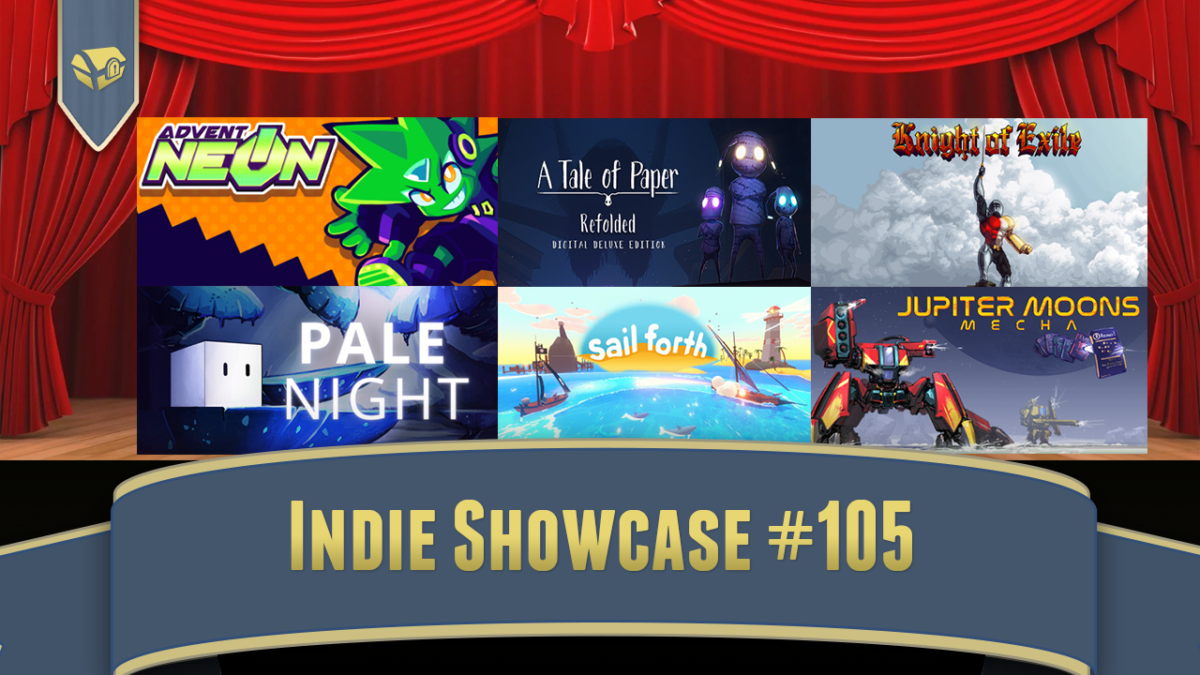TheZZAZZGlitch over on YouTube found some entertaining passwords for 8-bit games that put you in interesting places. It also explains a bit about the nature of passwords as a makeshift data storage system, and why sometimes you can make them spell funny things that still work. They even offer some advice on constructing your own silly/glitchy passwords.
Link Roundup 5/10/2022

“We scour the Earth web for indie, retro, and niche gaming news so you don’t have to, drebnar!” – your faithful reporter
Greetings, humans! Here is the gaming news I could glean from decrypting your internet broadcasts from my flying saucer floating above your atmosphere!
Jordan Devore, Destructoid: Rogue Legacy 2 Drops Vertigo From Its Traits List. You see, each character you play in that game is part of a lineage of characters, and they have semi-random traits. One of those traits flipped the screen upside-down during play. Or it did. Now it’s not in the game anymore!
Oisin Kunhke, Gamebyte tells us about a word-in-progress Breath of the Wild Randomizer mod!
Brad Linder of Liliputing notes of a new version of a three-key keyboard made by Stack Overflow.
Wololo (?) of Wololo (??) tells us that homebrew fans are reviving Playstation Home!
Andrew Cunningham at Ars Technica lets us know that Nvidia is facing scrutiny from the FCC for inaccurately representing how cryptocurrency mining boosted the sales of their graphics hardware.
Sam Medley of NotebookCheck tells of AltStore, a sneaky way around Apple’s App Store for distributing software they’d rather you not use. I hesitate to speculate on how long this loophole will last, but I’m no fan of hardware lockouts and use limitations, so it’s nice while it lasts!
More news from the orchard. MacRumors talks with Feral about porting games to Apple’s new M1 hardware and the difficulties it has faced with their graphics.
Always awesome Kyle Orland at Ars Technica has an article with a headline too fun to paraphrase: Eve Online fans literally cheer Microsoft Excel features at annual Fanfest.
Ian Evenden at Tom’s Hardware talks about HoloISO, a port of SteamOS 3 that fans have gotten to run on devices other than the Steam Deck. Valve hasn’t released it officially for other hardware yet!
Jay Fingas at Engadget tells us about an auction for a gold-played Wii originally intended for the Queen of England. Seems she was denied the shiny unit due to rules against gifts.
Trent Cannon of Nintendo Life reviews Prinny Presents: NIS Classics Volume 2 for Switch.
Alex Donaldson at VG247 warns us that Sonic Origins probably won’t have Sonic 3‘s original soundtrack, due to rights issues related to Michael Jackson’s involvement with the project. Sega has been hampered with music rights across several games, including the soundtrack for some ports of Crazy Taxi.
More from Ars Technica, Sam Machkovech tells us about Rifftrax: The Game!
Zoey Handley at Destructoid on Famicom Wars, the game of which the upcoming Advance Wars Reboot Camp is a distant sequel!
Rebecca Stone at Twinfinite tells us about the 10 highest-priced used Gamecube games going! Sadly none of those I still own are up there, drebnar, not even Kirby Air Ride!
Mike Wilson writing at Bloody Disgusting celebrates the 30th anniversary of Wolfenstein 3D!
Back around to Engadget, J. Trew tells us about the lengths to which players are pushing NES Tetris.
And Zoe Sottile at CNN (swanky!) notes that Ms. Pac-Man and The Legend of Zelda are being inducted into the World Video Game Hall of Fame.
Kimimi: Bounty Sword and Wild Card

Kimimi the Game-Eating She Monster (great handle!) has a knack for finding awesome Japanese games that Western shores missed 0ut on, and one such game is Bounty Sword, a Super Famicom JRPG with real-time combat, muted colors, and let’s not forget a fairy playing the role of player cursor. It’s worth your time to read, and maybe to contribute to her Ko-Fi!
Since I wrote that, she’s posted a review of another extremely interesting Squaresoft game, for the WonderSwan, Wild Card!
A Talk With Studio Centurion on Line War
For this interview, I spoke with Christian and Stefan of Studio Centurion to discuss their game Line War, and how they’re trying to build a new kind of RTS game that focuses on strategy as opposed to micro. We spoke about how the game came about, thoughts on RTS gameplay, and more.
Boundary Break does The Stanley Parable Ultra Deluxe
Boundary Break, a YouTube channel that looks into unused and off-limits areas left in game code, did a video on the expanded version of The Stanley Parable, and they managed to get a wonderful bit of in-character dialogue from the game’s narrator.
That’s the hook! The real reason to load it though is Boundary Break does nice work, finding out-of-bounds content in games. Also check out their recent video on Wii Sports, although note there’s an ad as part of the content. Folks gotta eat.
Link Roundup 5/8/2022

“We scour the Earth web for indie, retro, and niche gaming news so you don’t have to, drebnar!” – your faithful reporter
This is a big one! Kat Bailey reporting for IGN and doing some quality journalism, looking into Nintendo of America’s problem with leaning on contract employees. Nintendo has enjoyed something of a reputation as a good place to work, but it definitely seems like this has changed. The article is long but a must-read!
M. Smith of Engadget previews Steam on Chromebooks.
Graham Smith of Rock Paper Shotgun talks to Ron Gilbert about the in-development and eagerly-anticipated Return to Monkey Island.
From Sean Endicott of Windows Central, Microsoft open sources Windows 3D Movie Maker! Here’s the announcement tweet. Seems Microsoft’s Scott Hanselman was convinced to do so by hardware hacker and source of general awesomeness foone!
Christian Donlan at Eurogamer looks back at the Crystal Dynamics’ take on the Tomb Raider series. That would be the Tomb Raider games subtitled Legend, Anniversary, and Underworld.
And a marketing success story, zukalous at How To Market A Game (title’s to the point) describes how the pachinko roguelite Peglin managed to get popular so quickly! It also links to friend-of-the-blog Simon Carless’ game discovery newsletter!
Sundry Sunday: The Gradius Morning Music
We’re back for another Sundry Sunday! Congratulations for making it another week into our technological hellscape! Your reward is another catchy tune and some information from the old days of arcades.
Gradius is a long-lived and storied series of shooters, full of interesting details and traditions, but my favorite part of it all is something not a lot of English-speaking fans may be familiar with.
The first arcade releases of Konami’s Twinbee and Gradius were produced using “bubble memory,” a type of storage that had to warm up, literally, to be read reliably.
It would work effectively if it had been running for at least a couple of minutes. So, to prevent anyone from playing the game too soon after the machine had been turned on in the morning, it would display a countdown on the screen. It would also emit a digitized voice, saying “Getting ready!” and then after a few seconds, it would play the MORNING MUSIC, while the computer warmed up, as in the video embedded above. I kind of think of it as the national anthem of arcadeland.
One of the quirks of Gradius‘s bubble storage is that it was read sequentially, from a starting point. Its stage layouts were stored in this memory. Dealing with this hardware quirk required the game, when the player lost a life, to return back to the last starting point they had passed. This was the source of one of the Gradius series’s major characteristics, having to return to a previous part of the level, which could then be read into memory going forward once again.
I forget where I heard this factoid, but I think I saw it in the supplemental material in the Gradius Arcade Collection, out on Steam and Switch, and no doubt other platforms. Hey, it’s Sunday, I’m not supposed to be stressing out about these details!
PS1 Rendering Quirks
via @doc on Twitter. PikumaLondon tweeted out a thread (unrolled) explaining, in general, how the original PlayStation rendered graphics, and the source of its distinctive graphic artifacts, specifically texture warping, pixelated textures, and jittery polygons. The Nintendo 64 didn’t have these problems, but also couldn’t draw as many polygons each frame.
The thread also links to developer David Colson’s efforts to create a PS1-style 3D fantasy console. I’m sure this isn’t interesting to everyone, but worry not, this blog isn’t going to become entirely low-level hardware rendering geekery. At least, not yet.
Music From Kirby Cafe
In the past for limited times Nintendo has authorized the setting up of Kirby Cafes, charming little representations of the affable pink blob’s world and its inhabitants. Two of them are currently open, in Tokyo and Hakata, Japan. These have really gone the extra mile to create an atmosphere of Kirbiness, from their menus to having large plush Waddle Dees to set into a chair opposite yours if you should come to one alone.

The embedded video is over an hour and a half of background music from these cafes. It appears to be a rip of a pair of official CDs. SiliconEra reports on some current dishes being served there as tie-ins to the new 3D Kirby game for Switch, Kirby and the Forgotten Land. The cafes have an official website and Twitter feed.

(inhaling noise)
Link Roundup 5/6/2022

“We scour the Earth web for indie, retro, and niche gaming news so you don’t have to, drebnar!” – your faithful reporter
Tyler Wilde of PC Gamer: Activision/Blizzard shareholders approve Microsoft buyout.
Alice O’Connor of Rock Paper Shotgun tells us about Backpack Hero, a demo with a lot of buzz around it. I’ve played it, it’s cool, drebnar!
Liam Doolan of Nintendo Life points us to a Kickstarter for a Game Boy Advance add-on that lets you play games on an HDTV television. It does require opening up your device, though! Gizmodo has its own report. What it is is basically an alternate case for the guts of a Game Boy Advance, that provides it with output ports.

One of the humorous bits about Facebook’s (I refuse to call them Meta) Metaverse thing is that it’s dragging out all the dumb old corporate internet tie-ins, just like it did when the web became big, and again when they tried to make a go of Second Life. So the wheel turns again, as Ryan Gilliam tells us on Polygon, with “The Metaverse’s first Coke product,” Byte, which is reputed to be “pixel-flavored.” The only thing it’s missing is an NFT. All the news sites are talking about it, because all the news sites have space to fill and read press releases, drebnar. It comes with a QR code with “an AR game unlock.” The kids still care about those things, right?
Some emulation news: 3DS emulator Mikage is in development again, as is PS4 emulator GPCS4.
Matthew Carlson of hackaday.com brings us news that long-time fangame editor Zelda Classic now runs in web browsers! Zelda Classic can do a lot, so it’s great to see developments in that area! Here’s the technical details.
Andy Brown writing for NME tells us that the time is right for a remake of Simpsons Hit & Run.
And Jeremy Winslow at Kotaku points out the point-and-click adventure game Perfect Tides.
Commodore Basic 2.0 for Other Systems
Say what you will about Commodore BASIC 2.0, the built-in programming language and makeshift shell for the Commodore 64, written by Microsoft employees and descending from code written by Bill Gates himself, it’s certainly, um, basic. Nearly everything that takes advantage of that machine’s graphics or sound features involves POKEing values into memory at various locations, requiring a programmer to memorize a long list of important numbers.
Because it doesn’t interface with the system’s unique features to any great extent, it’s a very generic version of BASIC. But this means it can be ported to other systems without tremendous effort. Fancy-pants commands don’t have to be converted to another architecture’s norms, because there aren’t any! And lots of systems used the instruction set and general capabilities of the MOS 6502, upon which the Commodore 64 is based, so now we have versions of its BASIC that work on the Nintendo Entertainment System and the Atari 800. They’re both based off of Project 64, an annotated disassembly of the C64’s BASIC and Kernal ROM code.
The NES port should be able to run on actual hardware, but you’ll need the Family Keyboard that was made to work with the Famicom’s own official BASIC to use it, which was only released in Japan.
By the way, the reason that I write BASIC in all-caps is, it’s an acronym! It stands for Beginners’ All-purpose Symbolic Instruction Code.
Indie Dev Showcase (week of 5/4/22)
The indie showcases highlight the many dev-submitted games and demos play on Game-Wisdom. If you would like to submit a game for a future piece please reach out.
- 0:00 Advent Neon
- 1:41 A Tale of Paper
- 3:21 Knight of Exile
- 5:20 Pale Night
- 7:07 Sail Forth
- 8:42 Jupiter Moons Mecha


